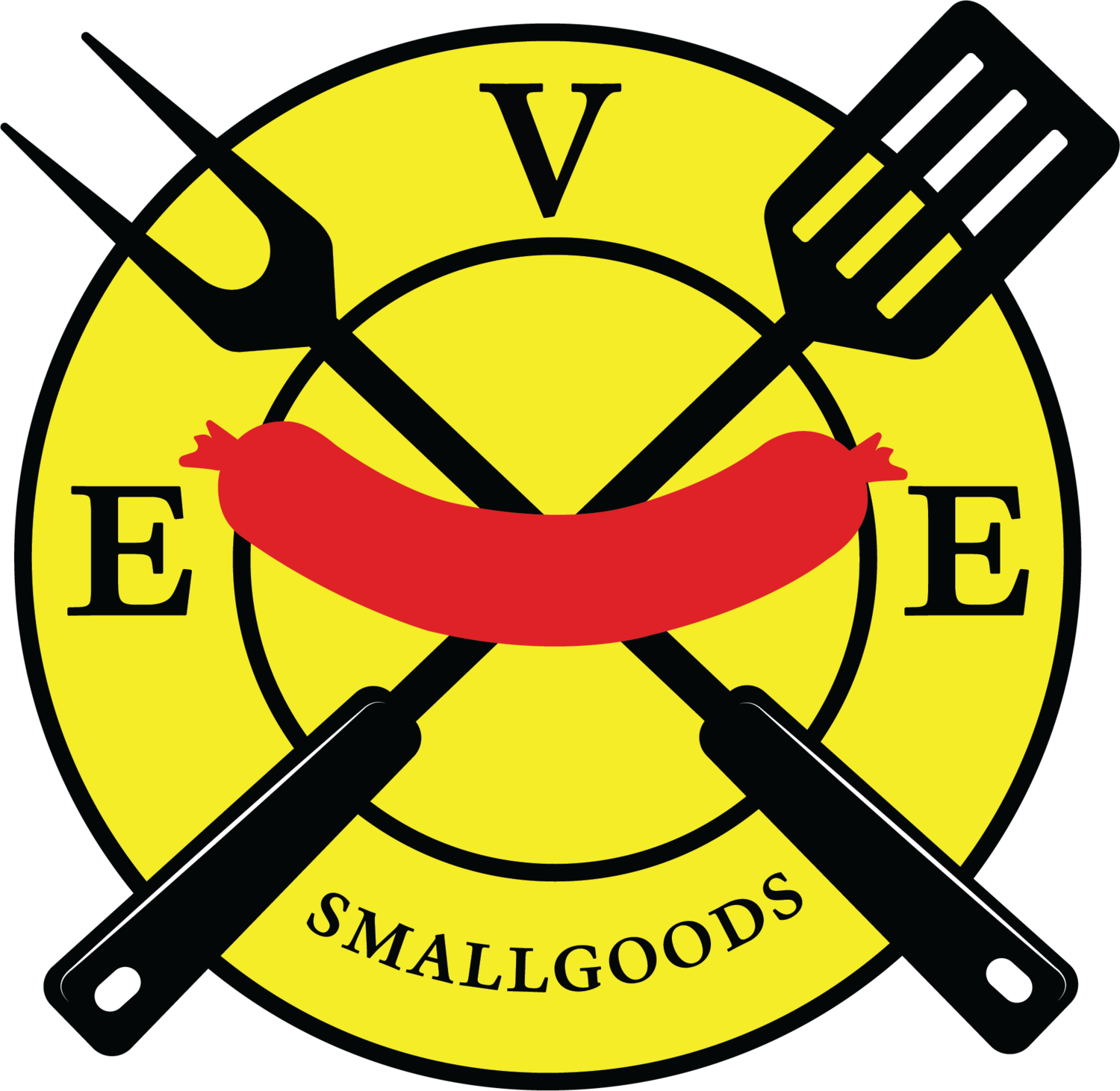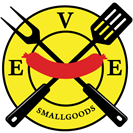UNDERSTANDING NITRATES/ NITRITES
You may have heard that ‘clean’ ingredients must not contain nitrates or nitrites. However, if you eat leafy greens, berries or bananas, then chances are you’re consuming significantly more nitrates than if you consumed Eve Smallgoods products.
WHAT ARE NITRATES?
Nitrates and nitrites are compounds that occur naturally in the human body and some foods. In nitrates, the nitrogen is bonded with three oxygen atoms, while in nitrites the nitrogen is bonded with two oxygen atoms.
Both nitrates and nitrites are legal food preservatives used to suppress harmful bacteria that causes food poisoning. They’re also used during meat processing, to help products such as ham and bacon, retain their fresh pink colouration.
ARE THEY SAFE?
Some say that nitrate and nitrite preservatives should be banned from bacon and ham production. They argue the chemicals have potential cancer-causing effects and should be avoided at all costs.
However, such a simplified understanding is misleading and overlooks the nuanced relationships between dietary nitrates/nitrites and well-known health benefits.
SUPERFOODS
A high natural nitrate content can be found in beetroot juice; a juice credited with lowering blood pressure and enhancing exercise performance. Celeriac, Chinese cabbage, endive, fennel, kohlrabi, leek, and parsley are all foods that contain high levels of nitrate (100 to <250mg/100g fresh weight). Even higher concentrations (>250), are found in celery, cress, chervil, lettuce, spinach, and rocket.
MAXIMUM CONCENTRATIONS
Australian Food Standards allow for maximum concentrations of 125mg/kg in hams,. Despite this, Eve Smallgoods hams contain ust 12mg/kg. That’s less than 10% of maximum allowable levels and significantly less than the healthy fresh foods we consume!
The difference between most processed meat products and those made by Eve Smallgoods, is that we do not use nitrates or nitrites to achieve a longer shelf life. We don’t feel it necessary to use high concentrations in our products, as we adhere to traditional methods that have been passed down over five generations of Master Smallgoods Makers.


